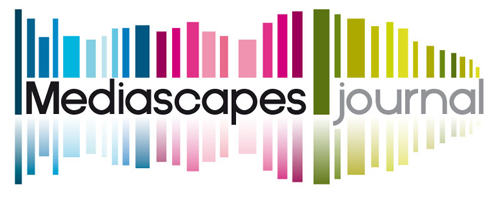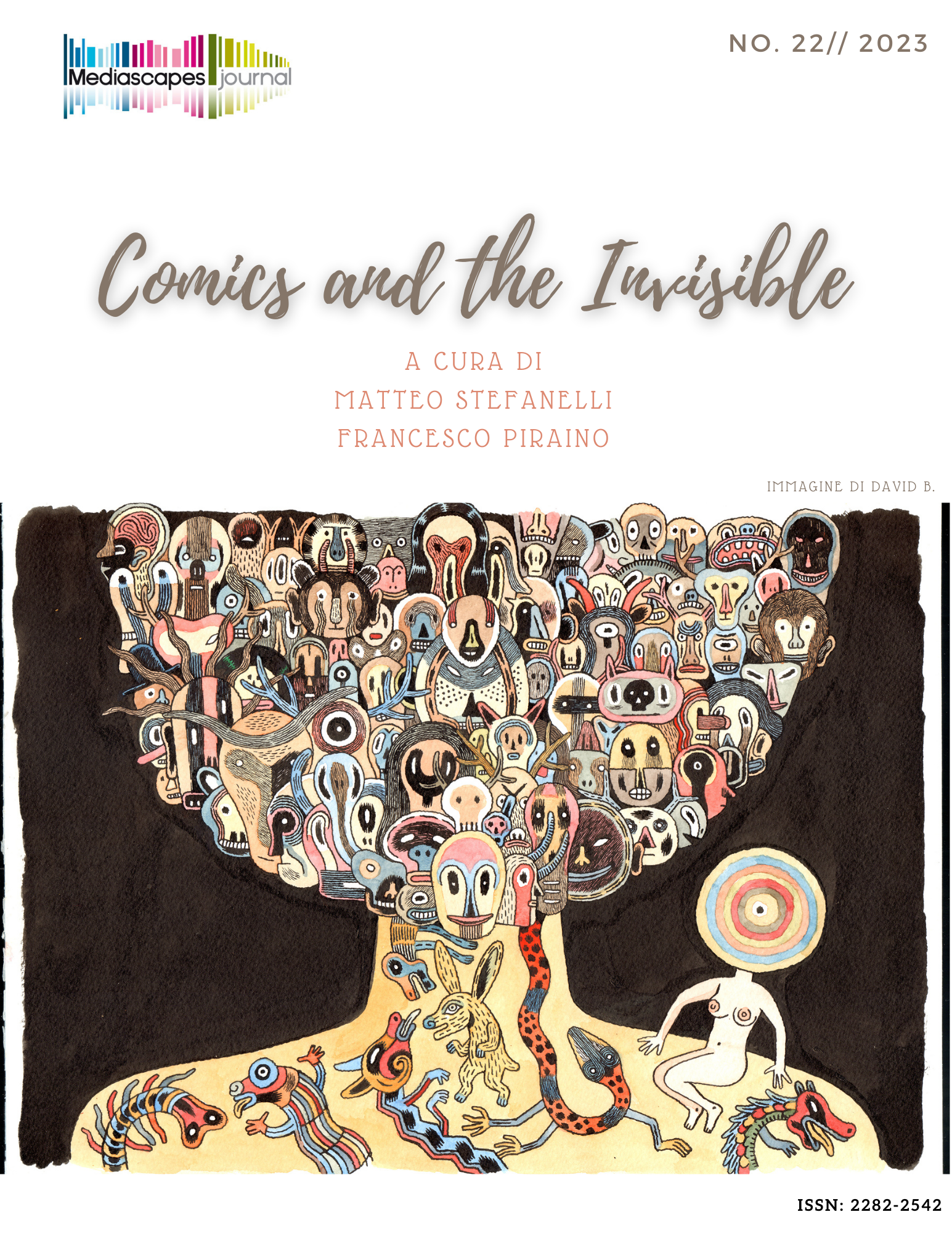Immersive marginality
Comics and the cultural power of (its) invisibility
Keywords:
comics, media culture, participatory culture, gaze, iconostasisAbstract
Among media cultures, invisibility has been more than a recurring narrative topic in comics: it has been one of the underlying forces that have shaped and driven its own cultural development. This paper propose to frame the topic of invisibility in comics both in sociological terms, as social marginality, and in textual terms, as part of comics’ visualization device. From the first point of view, comics has largely evolved during XX century as a subculture, shaped by its social invisibility within the public sphere as both a limit in social capital growth for their stakeholders, but also as a leveraging force to build up a community strongly based on participatory culture. From the second point of view, as a visual medium comics has dealt with the boundaries set by print culture’s visualization devices: the linguistic affordances of the gutter and layout design, but also the specificity of hand-drawn images. In the light of a media studies perspective, the paper will discuss the two-sided dimension of invisibility as a foundational force within comics history, leading to what we can call as the « immersive marginality » of comics culture.
Downloads
Published
How to Cite
Issue
Section
License

This work is licensed under a Creative Commons Attribution 4.0 International License.
Mediascapes Journal is published under a Creative Commons Attribution Licence 4.0.
With the licence CC-BY, authors retain the copyright, allowing anyone to download, reuse, re-print, modify, distribute and/or copy their contribution. The work must be properly attributed to its author. It should be also mentioned that the work has been first published by the journal Anuac.
Having published these contributions for the first time, Mediascapes Journal will have the right to publish them integrally or partially as reprints or possibly as part of a thematic issue, in both digital and printed format.
It is not necessary to ask further permissions both to author or the journal.


